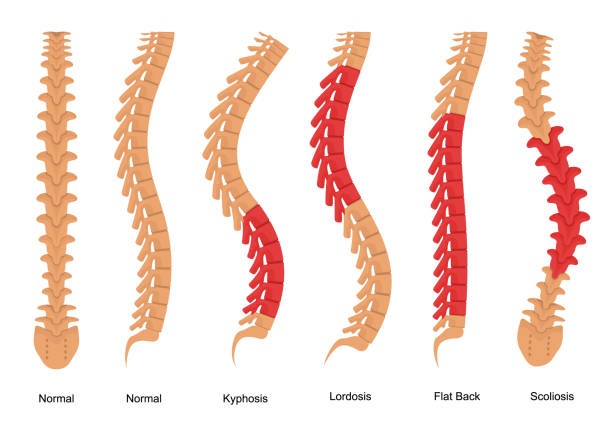Scoliosis is a medical term indicating an irregular lateral curvature of the spine. While a normal spine has a slight curvature, when this curvature becomes pronounced, forming an "S" or "C" shape, it is considered scoliotic deformation.
Scoliosis can be caused by various factors, including genetic predispositions, abnormalities in the development of spinal bones, neuromuscular diseases, growth during adolescence, injuries, or other unknown causes. It is most commonly diagnosed during childhood or adolescence but can also occur in adulthood.
Symptoms of scoliosis may include uneven shoulder height, irregularities in the position of the shoulder blades, hip imbalance, or an uneven head position.
It is crucial to diagnose scoliosis in its early stages because, if left untreated, it can lead to serious complications such as back pain, chest deformities, or restrictions in lung and heart function.
The treatment of scoliosis involves regular monitoring and examinations, physical therapy, the use of orthotic devices, or, in some severe cases, surgical interventions.
Early initiation of treatment typically yields the best results. If you suspect you have scoliosis or experience symptoms, it is important to consult with a doctor who can diagnose the condition and recommend appropriate treatment.
Exercises for scoliosis should be tailored to individual needs and the degree of spinal curvature. Before starting any exercise program, it is advisable to consult with our qualified physiotherapist or rehabilitation specialist to receive personalized guidance.


